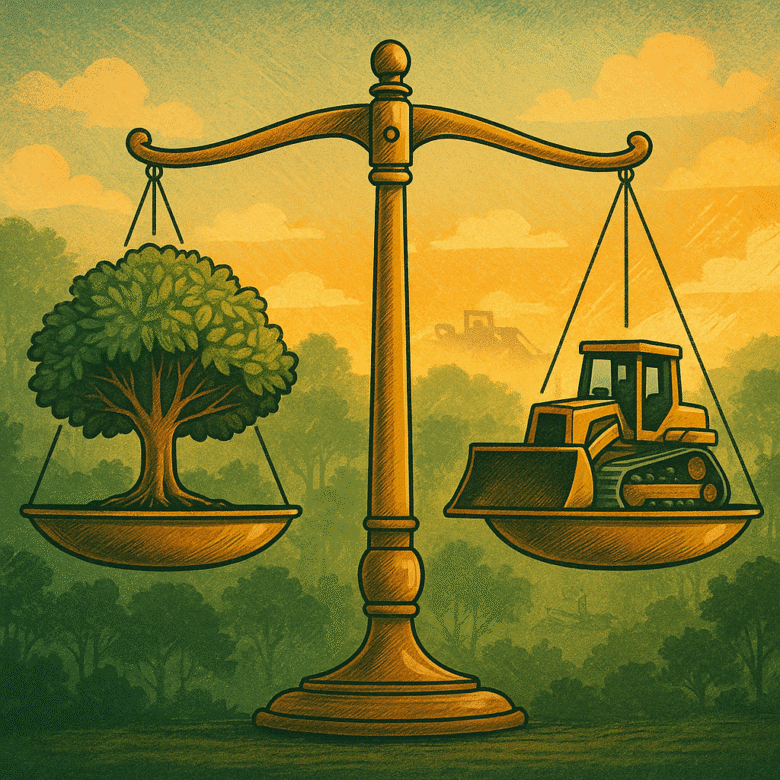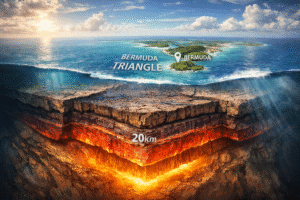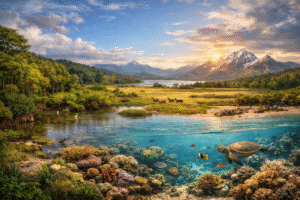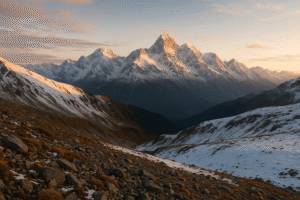Fun fact: Indigenous and forest-dwelling communities steward lands that hold up to eighty percent of the world’s remaining biodiversity.
That stark number underlines why Forest Guardians vs. Bulldozers is not a metaphor but a real struggle of land, rights, and identity. When bulldozers roar through a forest, the very people who have defended those ecosystems for generations are often criminalized, displaced, or silenced — all under the slogans of “development” or even “conservation.” This article peels back the facade, shares stories of resistance, and asks: who truly deserves to be called a guardian?
Conservation That Costs Lives
It’s a bitter paradox: policies meant to protect forests sometimes evict the people who have sustained them. Indigenous and tribal communities do not inherently stand in the way of nature — often, they are nature’s caretakers. Yet when conservation zones are declared, governments redraw maps and revise legal regimes, and locals are branded as trespassers.
Consider the case of the Jenu Kuruba tribe in southern India. Historically known for honey gathering and intimate forest knowledge, many among them were evicted from forest lands around the Nagarhole reserves under strict conservation regimes. In recent years, dozens of families reoccupied parts of their ancestral territory, setting up camps inside the reserve and resisting eviction. They argue that lands once theirs are now used for eco-tourism and safaris, while they are criminalized as “encroachers.” Their movement draws on historical records, satellite maps, and legal claims under India’s Forest Rights Act. Their struggle flips the narrative: the protectors become the accused.
Globally, similar patterns persist. Forests are declared “wilderness,” human presence is erased in policy, and inhabitants are pushed out. But forests are not blank canvases — they have deep histories of human-nature interaction. Excluding communities on the pretext of purity is erasure, not protection.
Bulldozers, Extraction, and the Logic of Progress
When “development” becomes the overriding mantra, bulldozers follow. They clear terrain for mines, dams, monocrop plantations, roads, resorts — anything that yields profit. In their path lie ancestral villages, sacred groves, local farms — collateral damage in the name of progress.
Take Hasdeo Arand in central India: this forest region, home to Adivasi communities, sits over valuable coal deposits. Proposals for open-cast mining threaten water systems, biodiversity, and community life. Local groups resist, but they face state machinery that aligns with corporate interests.
In the Amazon, Indigenous territories confront multiple pressures: logging, gold mining, and agribusiness expansion. In response, some communities organize their own patrols. The Guajajara people in Brazil formed a self-defence guardians’ network, tracking incursions, closing illegal camps, and resisting loggers. Their work is dangerous — armed confrontation, surveillance, and legal reprisals loom large.
Across Latin America, the toll is high. Dozens of environmental defenders — many Indigenous — are killed every year. Resistance has become a high-stakes endeavour.
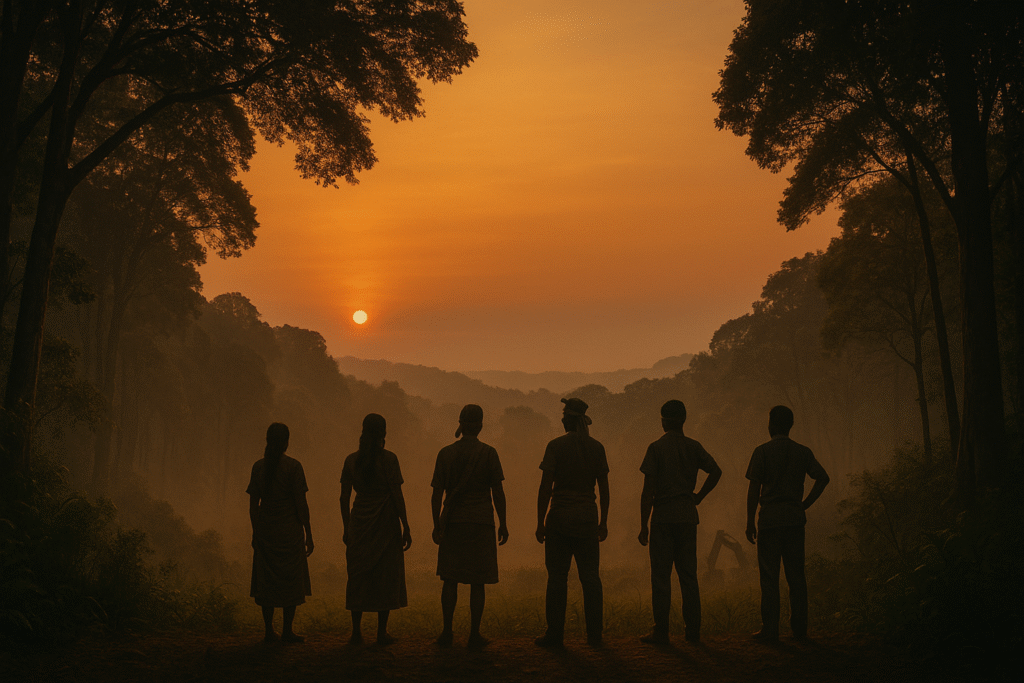
Criminalizing Resistance
When communities stand firm, the law often turns against them. They are charged with trespass, environmental violation, disruption, or vague security offenses. The very defenders become defendants.
Meanwhile, states and corporations invoke laws they helped write. Evictions, raids, “relocations,” and demolitions are framed as legal compliance rather than force. Public discourse frames it as enforcing “forest norms” or removing “unauthorized settlers,” never acknowledging customary claims or knowledge systems.
This legal inversion deepens inequality. Those without institutional clout are more vulnerable to arrest, demonization, and exclusion from public discourse. Criminalization becomes a tool that sidelines Indigenous guardians.
Resistance, Reclamation, and New Pathways
Despite daunting odds, many forest communities are organizing, reinventing strategies, and reclaiming agency.
In the Amazon, Indigenous groups use satellite imagery, drones, and mobile apps to detect illegal logging and document incursions. Technology becomes their extended eyes.
In Southeast Asia, youth networks host “defender camps,” facilitating cross-community learning, legal training, advocacy, and solidarity across customary regions.
In India, many displaced groups invoke the Forest Rights Act (FRA) to submit claims, demand co-management, and resist eviction. Though implementation is uneven, the law offers a foothold for communities to contest displacement.
In Brazil, the documentary We Are Guardians spotlights Indigenous defenders in the Amazon. Their stories, alliances, and struggles are reshaping global conversations about conservation.
These efforts merge ancestral knowledge, legal action, media storytelling, strategic alliances, and modern tech. They stand as living proof that resistance is not futile — it is resilient.
Why We All Should Care
At first glance, forest conflicts may seem remote — happening in lands far from our urban lives. But forests are never remote. They regulate rain, stabilize the climate, host biodiversity, support water sources, and provide ecological services even to distant cities.
Empirical studies repeatedly show that forests where Indigenous and local communities hold secure land rights often show lower deforestation rates than many state-protected forests. Community stewardship works.
Displacements often lead to degradation: monocultures replace diversity, local ecological knowledge is lost, resilience weakens, and social injustices compound ecological harm. Conservation without justice is fragile; development that sacrifices communities is hollow.
We must reject narratives that pit conservation against livelihoods or that insist development must bulldoze. True forest protection must centre rights, equity, and ecology in tandem — a respectful collaboration rather than exclusion.
Conclusion
Forest Guardians vs. Bulldozers is more than provocative phrasing — it names a real clash between two worldviews. On one side, people whose identities, spirituality, and survival intertwine with the forest. On the other hand, machines, capital, legal structures, and exclusionary visions of nature.
We must challenge the idea that “progress” justifies displacement or that “protection” mandates erasure. Indigenous and tribal communities should be reaffirmed as rightful stewards — never criminalized as obstacles. Conservation must evolve to embed justice, not to punish. The law must shift from prosecuting the guardians to protecting them.
To you, the reader: ask difficult questions. Demand accountability from governments and companies. Support Indigenous land rights movements. Share narratives that privilege justice as much as ecology. Because when forests fall and guardians are silenced, it is not just nature that loses — our common humanity, memory, and hope do too.
Author’s Note
I write because voices from the forest margins — often silenced and sidelined — deserve to be heard. The forests and communities under threat are not “elsewhere” — they are part of our collective future. If this article prompts reflection, empathy, or action, then it has done its work.
G.C., Ecosociosphere contributor.
References and Further Reading
- People v Tigers: Evicted Indian tribe camp in reserve to reclaim ancient lands — The Guardian (on the Jenu Kuruba’s return to ancestral lands)
- We Are Guardians — Official Film Website (information about screenings, impact)
- ‘A struggle for us all’: new film reveals light and shade of fight for Amazon — The Guardian
- Award-winning Film “We Are Guardians” Brings the Fight of Indigenous Peoples for the Amazon Rainforest — Amazon Watch
- We Are Guardians (IMDb)
- ‘We Are Guardians’ review: On-the-ground efforts to save the Amazon — Los Angeles Times
- We Are Guardians — Roco Films (film producer / distribution info)
- We Are Guardians — Wikipedia page

